The views expressed in our content reflect individual perspectives and do not represent the authoritative views of the Baha'i Faith.
Have you ever seen a Baha’i House of Worship? Sometimes called Temples, they’re also known by an Arabic phrase – “Mashriqu’l-Adhkar” – which means “dawning-place of the remembrance of God.”
If you’ve seen or visited one, you’ve taken part in what seems to be a universal fascination with these unique, striking Houses of Worship, open to all the peoples of the world. Many of them have won multiple architectural awards for setting new standards and pushing the limits of design, especially the Lotus Temple in India and the Baha’i Temple in Chile. On sites like Yelp, people describe the Baha’i Temples as “calm;” “serene;” “peaceful;” and “beautiful.”
In fact, if you do a keyword search to determine the ways people search for the word “Baha’i” on Google, you’d find that the term “Baha’i Temples” outranks everything else by a long shot.
RELATED: The Profound Symbolism of the Baha’i Lotus Temple
Everyone is Welcome
Baha’i temples are exclusively reserved for worship. Everyone, regardless of their beliefs, is welcome. They are not churches, mosques, or synagogues – instead, they are intended to unite all people in the love of one Creator. Each Baha’i House of Worship has nine sides and nine doorways, symbolizing the many paths to the one true God. In them, you will never hear a sermon of any kind, and only the sacred texts of the world’s great Faiths are either read, sung, or chanted.
Until recently, Baha’i Temples existed on every continent, located in:
- Australia
- Chile
- Germany
- India
- Panama
- Samoa
- Uganda
- USA

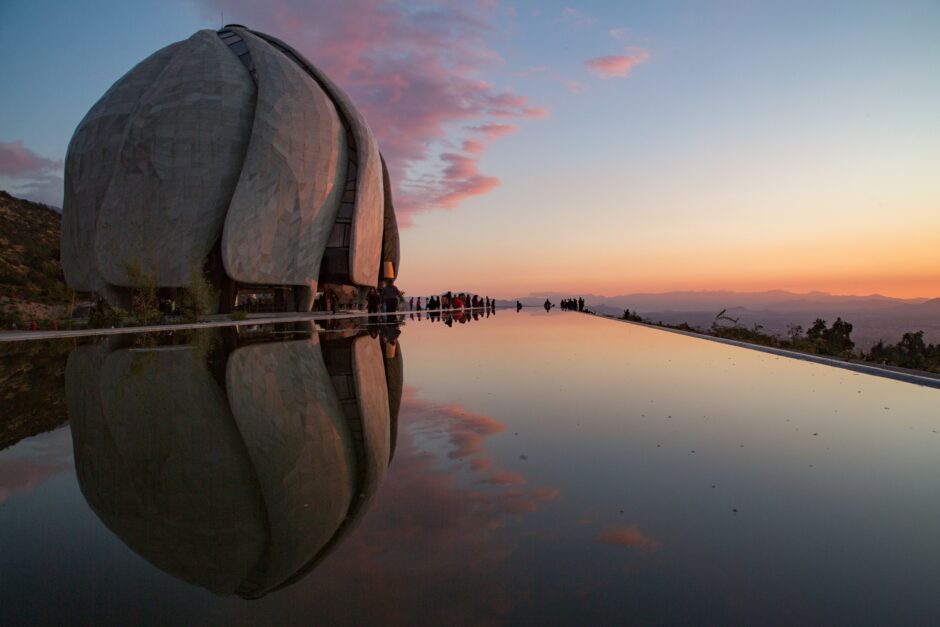
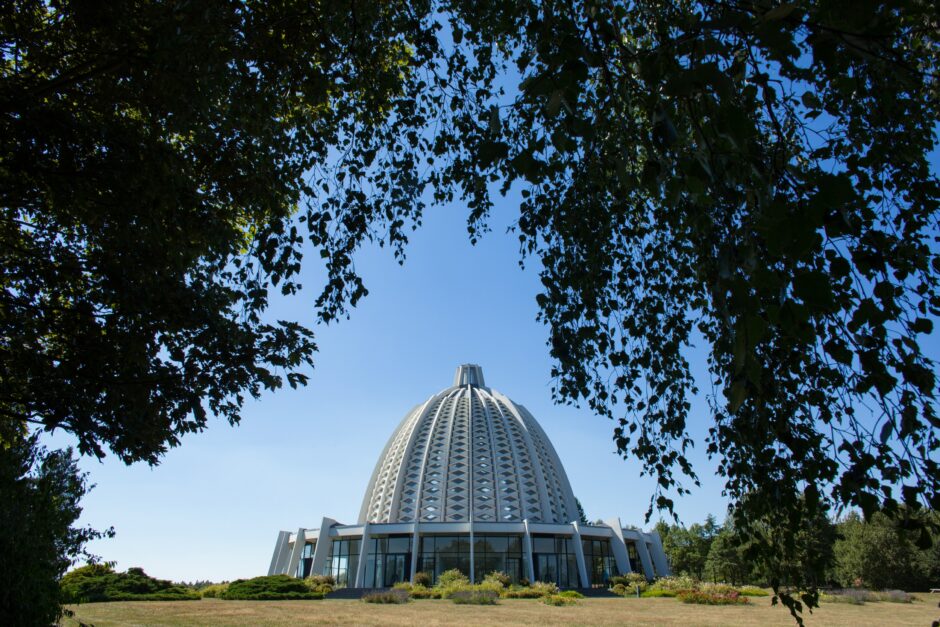
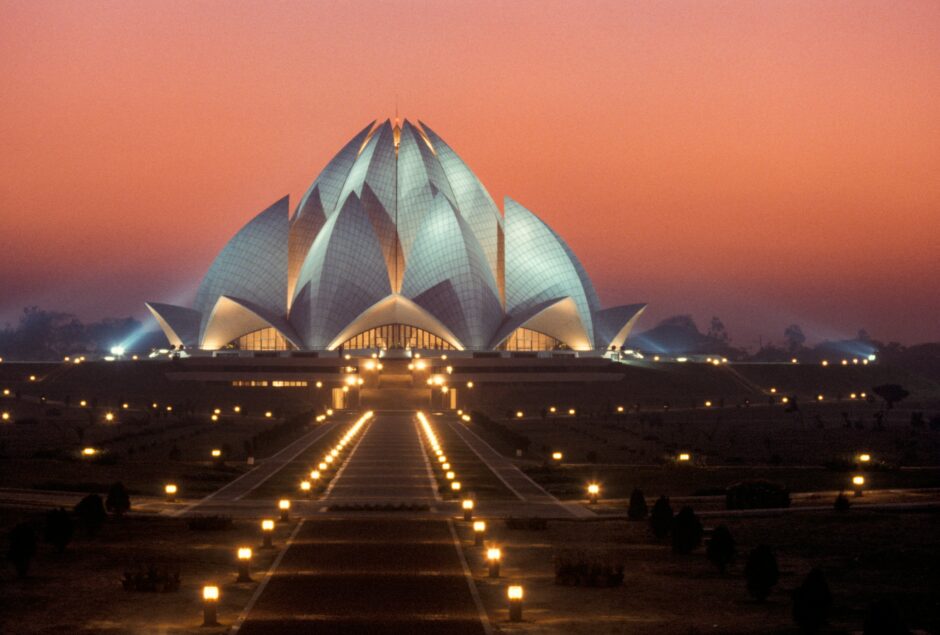
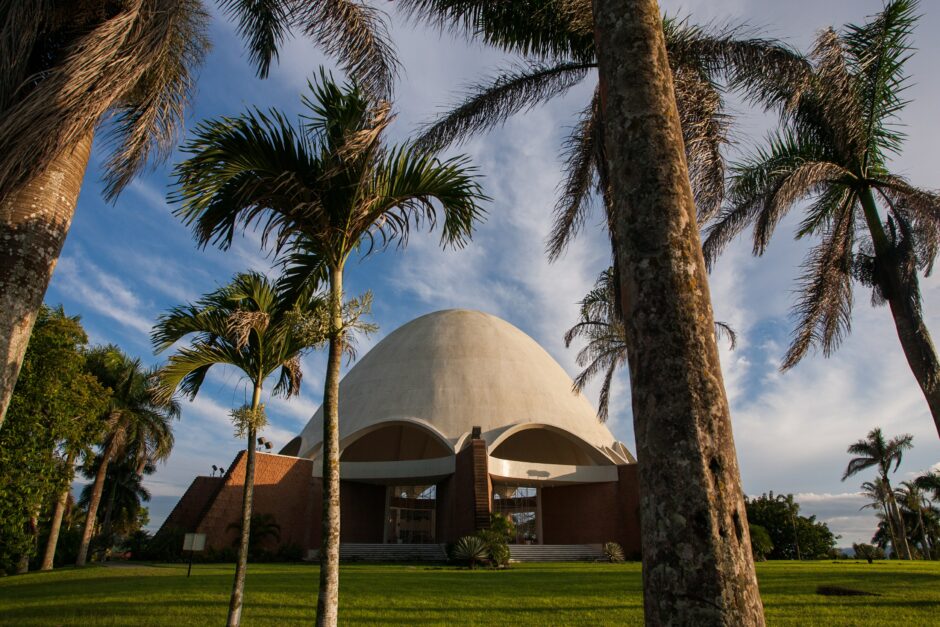
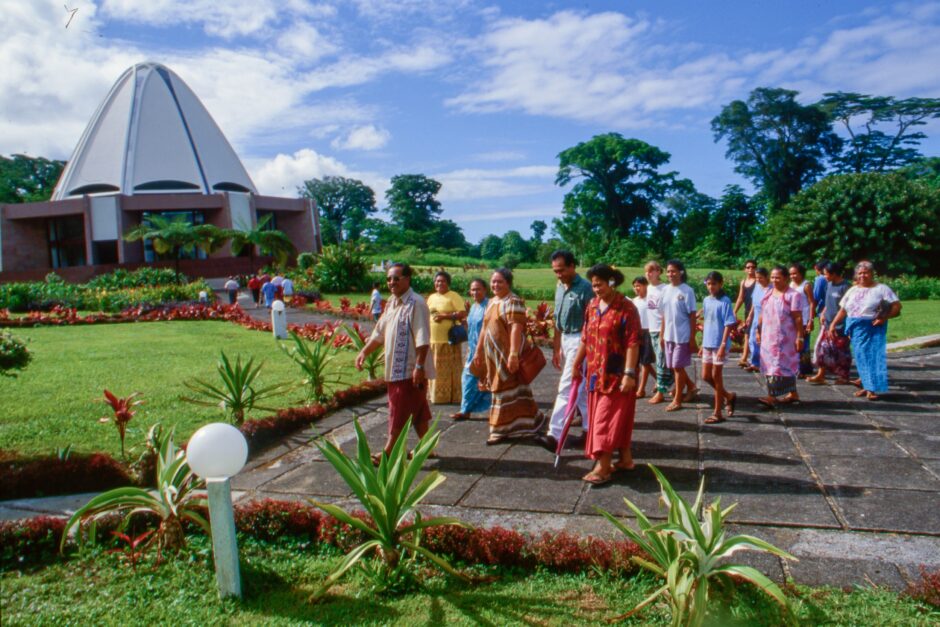
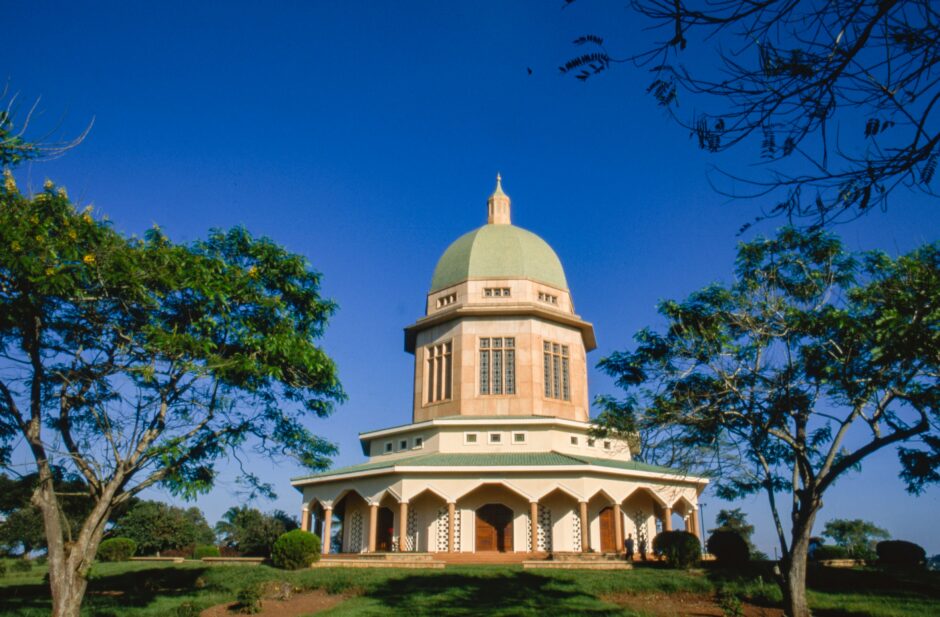
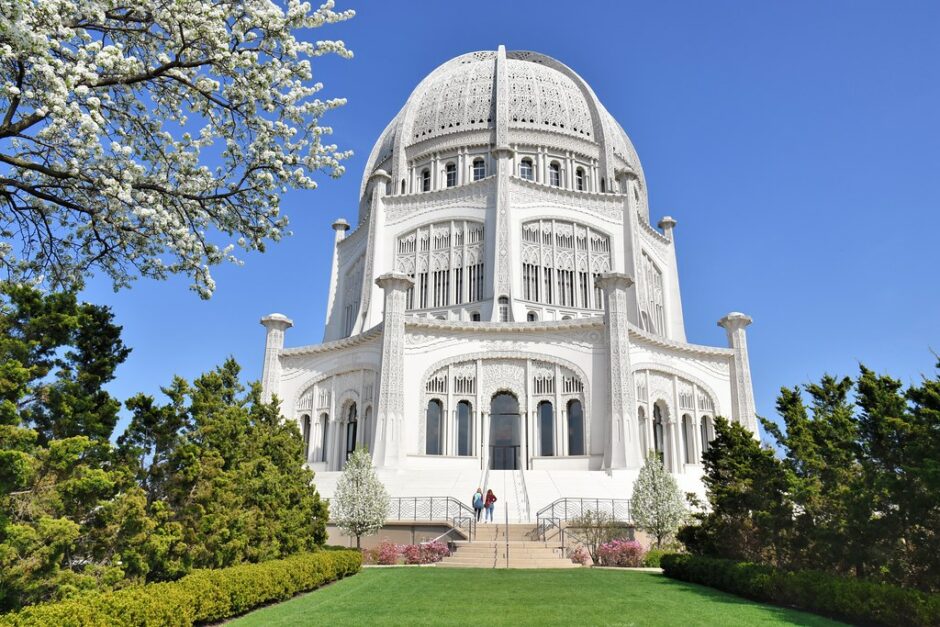
But those continental Houses of Worship have recently been joined by a new, expanding assemblage of other Baha’i Temples. In its annual message to the Baha’is of the world in 2012, the Universal House of Justice – the democratically-elected global Baha’i administrative body – announced plans for the the building of two National Baha’i Houses of Worship, both currently under construction, in:
- the Democratic Republic of the Congo
- Papua New Guinea
Also, the first local Baha’i Houses of Worship have now opened in each of the following areas:
- Battambang, Cambodia
- Norte del Cauca, Colombia
- Matunda Soy, Kenya
- Tanna, Vanuatu
One more Local House of Worship, in Bihar Sharif, India, is currently under construction. Many, many more will follow.
Houses of Worship Everywhere
In the future, Baha’is believe, every city, town, and village will have a Baha’i House of Worship. In 2012, the Universal House of Justice wrote to the Baha’is of the world and said:
The ground broken by the hand of Abdu’l-Baha a hundred years ago [in Wilmette, Illinois, for the North American Baha’i House of Worship] is to be broken again in seven more countries, this being but the prelude to the day when within every city and village, in obedience to the bidding of Baha’u’llah, a building is upraised for the worship of the Lord. From these Dawning-Points of the Remembrance of God will shine the rays of His light and peal out the anthems of His praise.
The decisions required for the building of a new temple are made when Baha’i communities have significantly grown in size and vitality; where there is widespread engagement and support for the activities of the Faith among the local populations; and where engagement in social action is apparent.
The temples themselves are, in the end, just buildings, and only one part of Baha’u’llah’s vision for the Mashriqu’l-Adhkar. Abdu’l-Baha envisioned Baha’i Houses of Worship as ultimately becoming “one of the most vital institutions of the world,” describing its true purpose as combining two essential, inseparable aspects of Baha’i life: worship and service.
The Baha’i House of Worship – and Service
Every Baha’i House of Worship, dedicated to the Baha’i principle of the oneness of humanity, has a dual purpose: the worship of God, and providing selfless service to humanity.
Abdu’l-Baha referred to several service-focused “dependencies” to be established as part of every Mashriqu’l-Adhkar complex – including a hospital, a drug dispensary for the poor, a travelers’ hospice, a school for orphans, a home for the infirm and disabled, a university for advanced studies, and “other philanthropic buildings” open to people of all races, ethnic backgrounds, and religions.
These dependencies were later described by Shoghi Effendi, the Guardian of the Baha’i Faith, in general terms, as “institutions of social service” that relieve suffering, sustain the poor, and provide shelter, solace, and education.
Shoghi Effendi described the dependencies which will one day surround each temple to fulfill the service component:
It should be borne in mind that the central Edifice of the Mashriqu’l-Adhkár, round which in the fulness of time shall cluster such institutions of social service as shall afford relief to the suffering, sustenance to the poor, shelter to the wayfarer, solace to the bereaved, and education to the ignorant, should be regarded apart from these Dependencies, as a House solely designed and entirely dedicated to the worship of God in accordance with the few yet definitely prescribed principles established by Baha’u’llah …
Abdu’l-Baha described what each House of Worship should look like:
The Mashriqu’l-Adhkar must be circular.
It has nine avenues, nine gardens, nine fountains, so it is nine on nine, all nines. It is like a beautiful bouquet. Just imagine an edifice of that beauty in the center, very lofty, surrounded centrally by gardens, variegated flowers, with nine avenues interlacing nine gardens, nine ponds and nine fountains, and see how delightful it must be! That is the way it should be. It is matchless, most beautiful! Such is the design. And now they are at work building a Hospital and a School for Orphans and a Home for the Cripples and a large Dispensary and a Hospice. They are now planning, thinking of these things. When that, God willing, shall be completed, it will be a Paradise! There will be no greater geometry than this …
The significance of the number nine in this context represents the nine main religions of the world – Hinduism, Jainism, Judaism, Zoroastrianism, Buddhism, Christianity, Islam, the Babi Faith, and the Baha’i Faith – and the fact that everyone is welcome, regardless of their beliefs.
RELATED: Weaving Designs of Unity: Papua New Guinea’s Baha’i Temple
All of the funds for these projects come from the sacrificial efforts of devoted Baha’is around the world. No outside funds will ever be used.
Although to the naked eye the Mashriqu’l-Adhkar may look like just a series of buildings, yet they all combine together for a powerful spiritual effect. The Baha’i writings tell us that these Houses of Worship forge bonds of unity from heart to heart; serve as a collective center for all souls; create security and constancy and peace; release spiritual forces; inspire the lovers of God, delight their hearts, and cause them to become steadfast and firm; and are vital to the regeneration of the world.
All of these reasons demonstrate the potency and unique position of the Mashriqu’l-Adhkar – one of the most outstanding institutions conceived by Baha’u’llah. O God, hasten the day when we will see this wonderful Institution in every corner of the world!


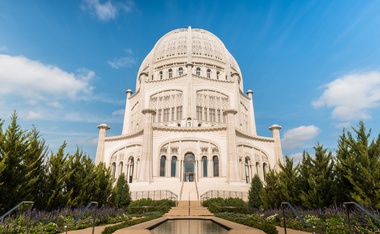







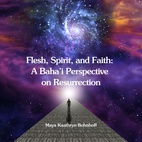

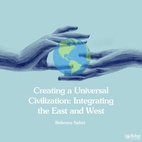




Comments
Sign in or create an account
Continue with Googleor